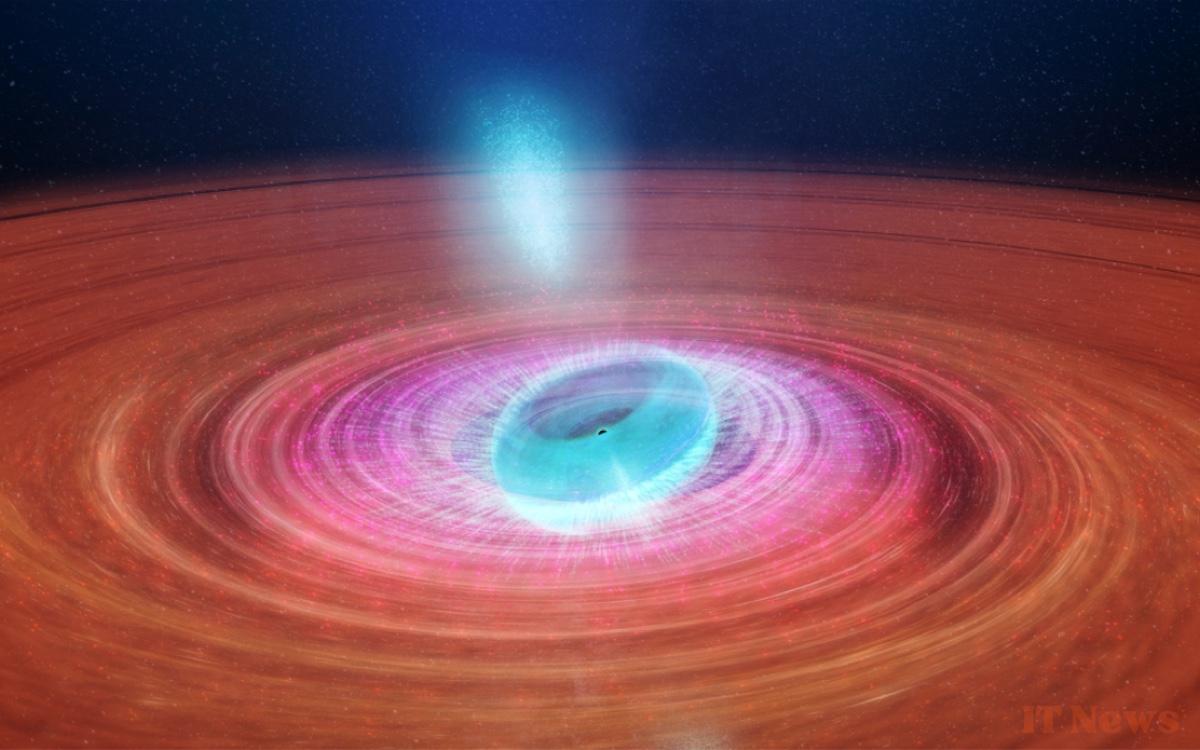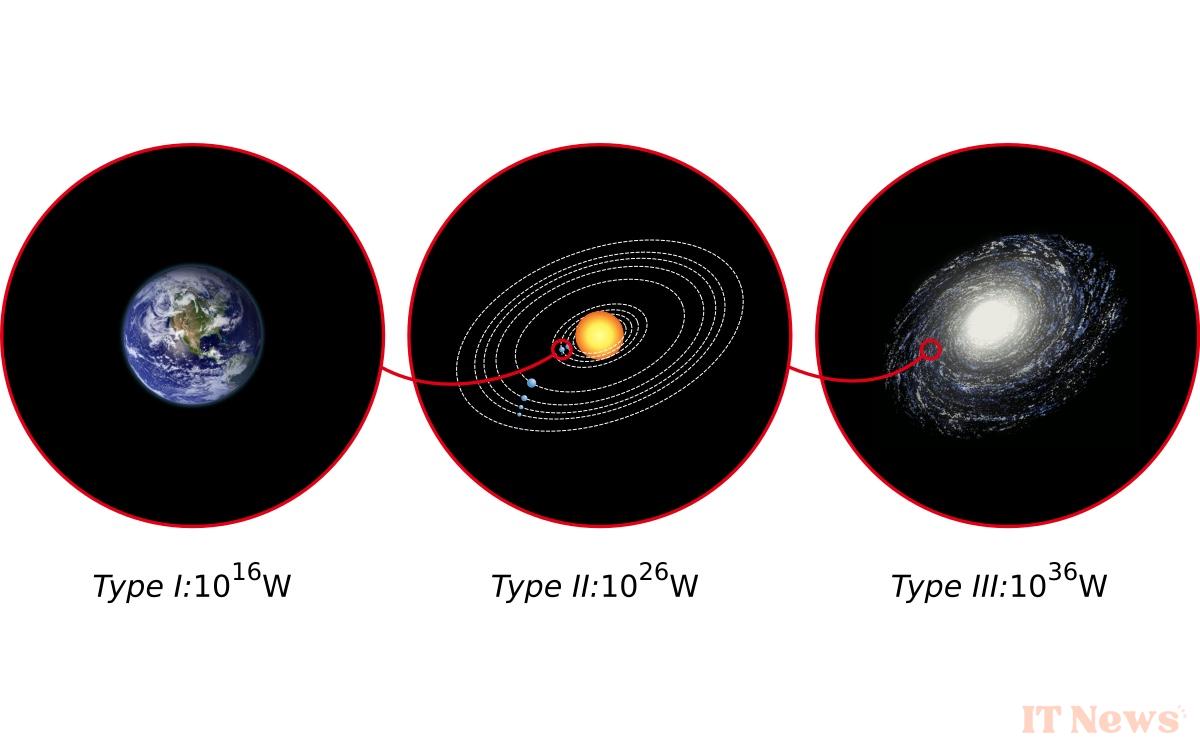From Perseverance to Ingenuity, including Cassini-Huygens, the search for traces of extraterrestrial life is one of the driving forces behind space exploration. But how can we detect aliens if we've never encountered any? And if there was a classification that would allow it... We'll explain.
The Universe is an unfathomable enigma, especially when it comes to detecting alien civilizations. Yet, our galaxy is 13 billion years old and some 100,000 presumed worlds could harbor intelligent extraterrestrial civilizations within the Milky Way.
However, the great silence of alien civilizations raises questions: despite the major advances of recent years, the search for traces of extraterrestrial life remains in vain. But to find aliens, we still need to know what to look for. And while some scientists extrapolate the conditions necessary for life on Earth to find traces of extraterrestrial life; others imagine a classification of civilizations. But on what principle is it based?
Read also: Mars reveals its astonishing volcanic past in new images
A scale for classifying civilizations
Finding traces of alien life in such a vast and ancient Universe means looking for civilizations that could emerge millions of years apart, light years apart, and exist at different stages of evolution.
Several criteria can be used to evaluate the evolution of a civilization: its demographic transition, its technological progress, etc. It would therefore be possible to determine a classification of civilizations, both terrestrial and extraterrestrial. The objective? To establish a conceptual framework to better detect aliens. We still need to find a reliable and quantifiable criterion for comparing progress.
Humanity's progress can be measured very precisely by the amount of energy used and how it has been made usable: from muscle power to fossil fuels, including wind and hydraulic energy, our capacity to consume energy has grown exponentially. Thus, the more advanced a civilization becomes, the greater its capacity to exploit energy will be. It is easy to imagine that potential alien civilizations follow a similar pattern.
The idea would therefore be to classify extraterrestrial civilizations according to their level of energy consumption. This is the principle behind the famous classification method: the Kardachev scale.
The Kardachev scale: a classification of civilizations into three types
In 1964, the astronomer Nikolai Kardachev published "Transmission of Information by Extraterrestrial Civilizations." In it, he proposed a classification of civilizations according to their energy capacity. Thus was born the Kardashev scale:
- Type I: Planetary civilization capable of consuming all the energy available on its planet, or about 1016 W (that is, 10 million billion watts).
- Type II: Stellar civilization capable of consuming all the energy of its star, or about 1026 W. Being able to harness and store such energy would be somewhat science fiction, but it would be conceivable with concepts such as a Dyson sphere, a hypothetical immense structure enveloping the star.
- Type III: Galactic civilization capable of capturing all the energy emitted by its galaxy, or about 1036 W.
And we could even consider a fourth "multigalactic" level, where energy would come from a set of galaxies.But once we know that, what about human civilization?
Where is Earth civilization?
If we take the three types of the Kardachev scale and apply them to Humanity, here is what it would give:
- To be a planetary civilization, Humanity would have to be able to consume the 1.74 x 1016W of the Earth (fossil fuels, nuclear, solar, etc.).
- To be stellar (type II), it would be the 4 x 1026W of the Sun.
- To be galactic (type III), that would be the 1037W of the Milky Way.
In 2019, Humanity was at level 0.729 on the Kardachev scale, according to Jonathan H. Jiang in his 2022 article, "Avoiding the Great Filter: Predicting the Timeline for Humanity to Reach Kardachev Type I Civilization," available on arXiv. With his team, the astrophysicist at NASA's Jet Propulsion Laboratory set up a model based on Carl Sagan's K formula, which refined the scale in 1973, to make it more usable. It makes the numbers on the Kardachev scale more understandable: it distinguishes between civilization types such as KI, KII, and KIII, and allows for intermediate values.
Three main energy sources were taken into account by scientists to estimate the date on which Humanity would reach KI: fossil, nuclear, and renewable energies. They weighted them according to the environmental limits necessary to preserve the planet, that is, favoring nuclear and renewable energies to curb the use of fossil fuels.
According to their estimates, Humanity would not reach type I "before 2371". The Earth still needs to remain viable by then...
Will we succeed in crossing the Great Filter to reach Type I?
2371: this date is a reliable estimate, but it could change depending on future events:
- Mastering thermonuclear fusion would be a technological leap that would accelerate the process;
- On the other hand, an asteroid would abort it.
For Jiang, the main problem would be tocross the Great Filter, a double-edged hypothesis postulating the end or the rise of Humanity towards infinity and beyond. It is now a question of estimating our chances of survival.
To do this, scientists have built their simulations on different disaster scenarios: nuclear wars, pandemics, asteroid impacts, and even artificial intelligence. The simulations seem to converge in the same direction: the end of Earth civilization before it reaches the KI level. In order to survive and thus hope that Humanity will one day be a planetary civilization, our evolution can only be achieved through a major change in our energetic lifestyle.
Will we escape the Great Filter or is it already too late… Only the future will tell.
Source: Science et Vie






0 Comments